Retail Groundbreaking in the South Suburbs
The ground was barely cleared in Calumet City, Illinois when steel started rising along Torrence Avenue.
By October 3, 1966, River Oaks Center opened as an open-air mall with 921,000 sq ft of leasable space and nearly 60 tenants.
Its arrival added weight to Chicago's retail belt - becoming the fifteenth major shopping complex in the metro area.
KLC Ventures backed the development. That firm included Philip M. Klutznick, whose name already held weight in suburban retail.
Before River Oaks Center, he'd helped shape Park Forest Plaza (1949), Old Orchard (1956), and Oakbrook Center (1962).
His son Tom worked alongside him on River Oaks Center.
The project pulled from a familiar playbook: a planned commercial space anchored by department stores and ringed by smaller retailers.
That fall, River Oaks Center gave locals a place to shop closer to home.
People looking for things to do in Calumet City, Illinois, now have a new reason to stay local - and spend.
Design, Retail Mix, and Market Reach
River Oaks Center didn't follow the standard box-and-parking-lot format.
It leaned toward a cluster layout - open-air walkways connected clusters of stores, guiding shoppers between major anchors without feeling like a straight route.
Richard Marsh Bennett at Loebl Schlossman & Hackl, the same firm that created Old Orchard and Oakbrook, created the design.
Unlike Old Orchard, though, this site had basements under its shops.
Elevators and stairwells tucked into corners made vertical movement easy but discreet.
The early anchor tenants weren't lightweight. Marshall Field's opened a three-level department store with nearly 260,000 square feet of retail space.
Sears followed with two floors and 347,000 square feet.
Edward C. Minas Company held down the third major corner with a smaller, two-level store - about 56,000 square feet.
Each brought different inventory to the table, but the draw was clear: you didn't have to go into Chicago for name brands.
River Oaks Center added more depth with regional and national chains.
Jewel-Osco set up shop on the southern end of the property.
S.S. Kresge, part of the five-and-dime chain, sat next to Sears.
Other names - like Evans, Lytton's, and Kroch & Brentano's - reflected a strategy: to bring familiar Chicago-area retailers to a growing southern suburb.
The mall quickly carved out a local audience. Its design made it easier to walk between wings than other open-air layouts.
Covered walkways helped in bad weather. And the mix of stores gave people enough reason to spend hours at a time on-site.
Sales traction seemed strong through the early 1970s, and by the end of the decade, more than a dozen national retailers had outposts there.
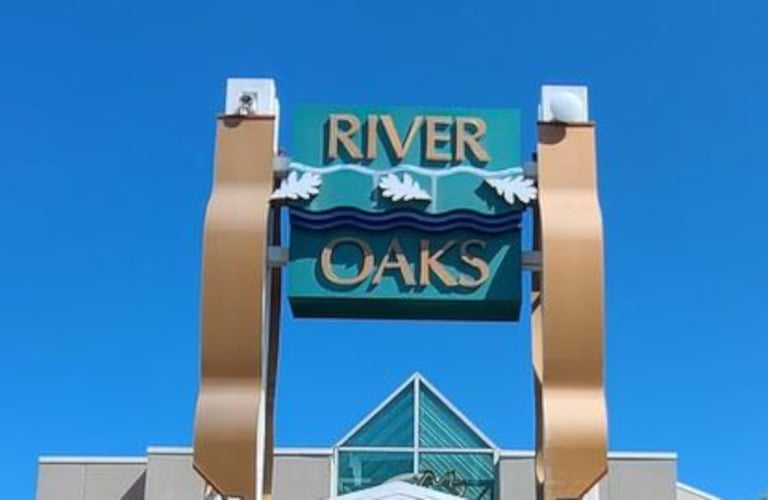
Retail Expansion and Real Estate Shifts
By 1985, JCPenney relocated its Hammond store to River Oaks Center, on the northwest side of the mall's lot.
Developers added a new wing linking JCPenney to the main retail strip and tacked on a lower-level food court - a layout shift that made the site more cohesive than the original spoked plan.
The expansion came during a moment of rising retail growth across Chicagoland.
By that time, JMB Realty owned the mall and floated ideas for a second story, new parking structures, and even a fifth anchor tenant.
One plan tied the mall's future to a proposed Lake Calumet airport just north of the property, which could have reshaped the area into a commercial zone.
Those airport plans never came through, but the buzz around them shaped city conversations well into the early 1990s.
By 1993, JMB had begun a scaled-down redevelopment.
The open-air model had disappeared. Glassed-in walkways and updated flooring gave River Oaks Center the look of a traditional enclosed mall.
They added 80,000 square feet of leasable space and attracted newer retailers that had yet to reach south suburban customers.
That update finished in 1994. With 1,380,000 square feet under roof, River Oaks became the largest mall in the south suburbs.
The changes made it a draw for shoppers beyond Calumet City - pulling customers from nearby Lansing, Dolton, and south Chicago neighborhoods.
Its newer mix skewed more upscale, but the mall still kept some of its original anchors in place, blending old and new under one roof.
Anchor Losses and Stalled Redevelopment
By 2013, River Oaks Center had hit a rough patch. Carson Pirie Scott - then rebranded as Carson's - shut its doors in January.
Just five months later, on June 9, Sears followed.
The mall lost two of its original anchors in the same year, leaving big chunks of space empty on opposite ends of the building.
The following years brought more uncertainty. In June 2020, JCPenney announced it would close 154 stores nationwide.
River Oaks Center was on the list. But by August, that decision flipped - JCPenney stayed.
Still, that close call didn't help confidence in the mall's outlook.
At that point, Macy's and JCPenney were the only anchors left operating.
In late 2019, Calumet City leaders backed a pitch for Southland Live Casino.
The plan was to repurpose the former Carson's site as a temporary casino with 1,200 slots, 35 table games, and a 200-room hotel later on.
It would've added a 150,000-square-foot entertainment space, jobs, and traffic - all of which River Oaks Center needed.
The Illinois Gaming Board didn't act fast. Delays tied to the global outbreak in 2020 dragged the process out.
Then, in October 2021, the board rejected the proposal. There would be no casino or hotel, and the southeast wing would stay dark.
Ownership, Vacancy, and City Plans in 2025
River Oaks Center is still standing, but the situation is fragile.
As of April 2025, two of the four original anchor spaces remain empty.
Sears has been closed for nearly twelve years. The Carson's wing has sat unused since 2013. JCPenney and Macy's are open, but foot traffic varies.
Namdar Realty Group and Mason Asset Management own the property.
Namdar has a pattern of buying older malls, reducing operating costs, and holding the real estate rather than investing heavily.
That model has drawn criticism from city officials.
There are still more than 50 businesses operating inside River Oaks Center, but many spaces sit empty, and leasing data shows few new signings in the past year.
Bus routes still stop near the mall, offering access from nearby towns, but daily traffic doesn't reflect what it once was.
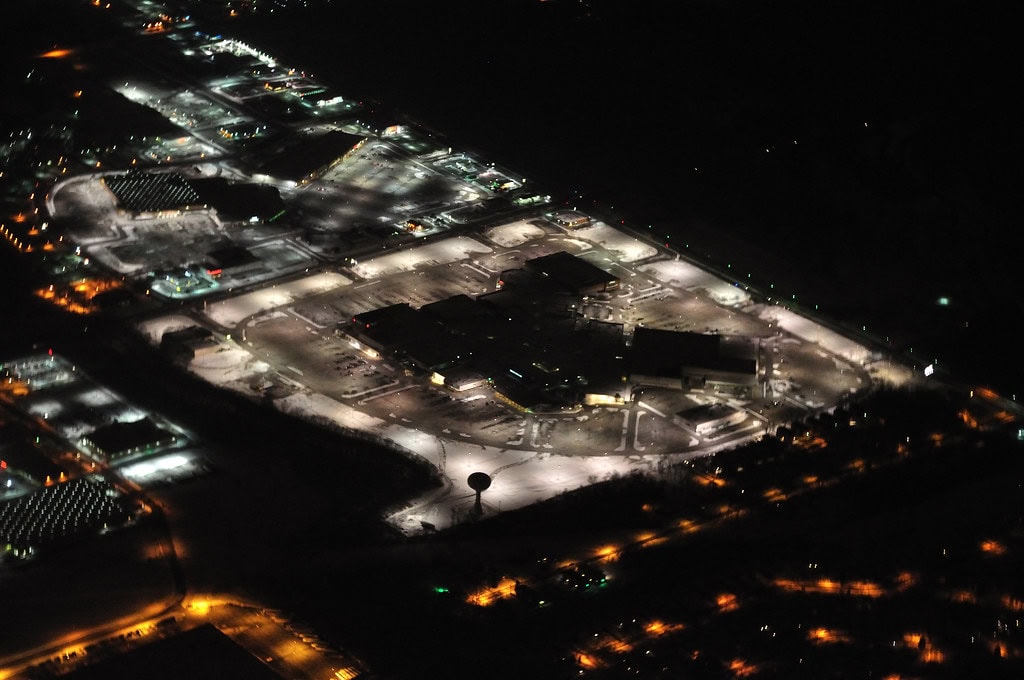
Price Jumps, Legal Moves, and a Mall in the Middle
By midsummer 2024, Calumet City had developed a $110 million plan to transform the River Oaks Center Mall area.
The pitch was big - a mixed-use space combining retail, dining, housing, and one eye-catching piece: a three-level go-kart track.
Supercharged Entertainment, based in New Jersey, was lined up to bring the track to life.
But the city didn't own the land it wanted to redevelop. The mall sat in private hands.
That meant everything came down to whether Calumet City and Namdar Realty Group could reach a deal.
At first, there was room to talk. Namdar named a price that seemed doable. Then the number climbed - first by a little, then by a lot.
The city backed off. Talks stalled.
By the fall of 2024, the city had taken another route.
Officials moved to claim parts of the mall through eminent domain.
A formal offer was made, which is well below Namdar's latest price tag.
The mayor said he didn't expect a handshake anytime soon but made it clear the city was preparing to move ahead anyway.
Calumet City kept moving, demolition bids went out for the former Sears building.
City officials still spoke of new apartments, new restaurants, and new traffic.
The mall itself stayed open, but parts of it were already being sized up for bulldozers.
By spring 2025, the standoff had turned into a lawsuit.
The fight over price hadn't ended, but the work around it had started.

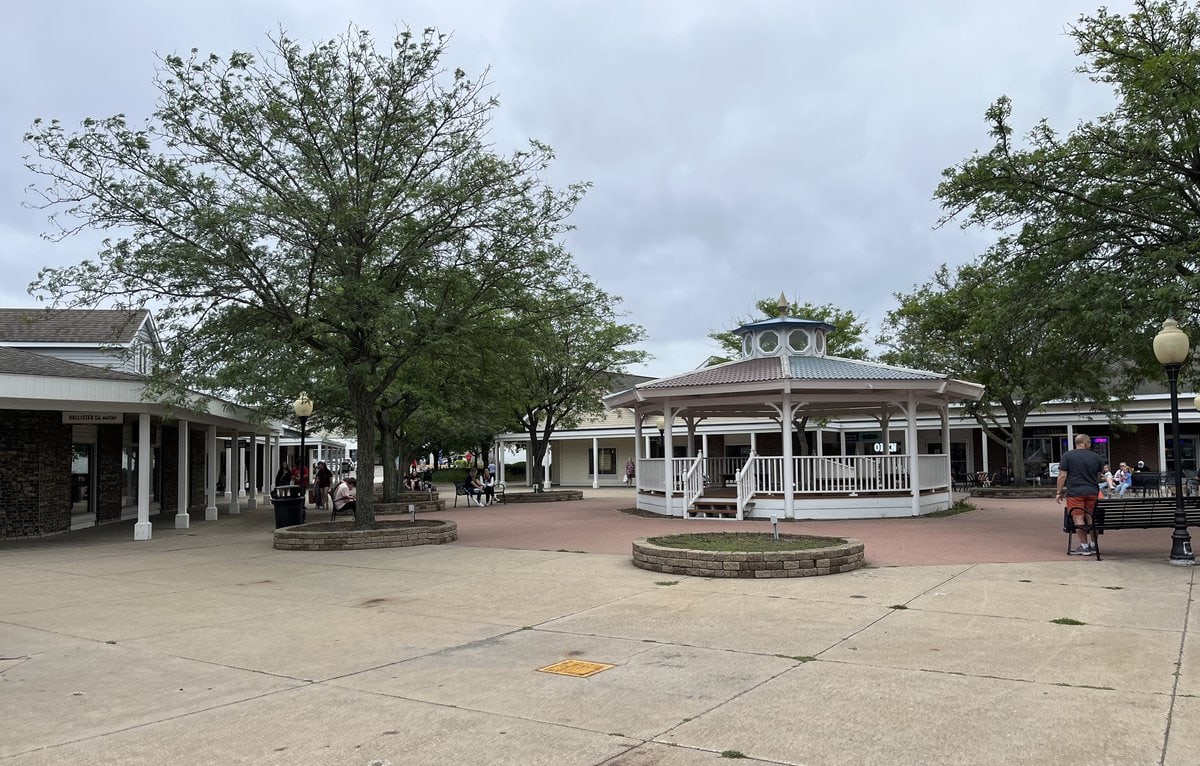
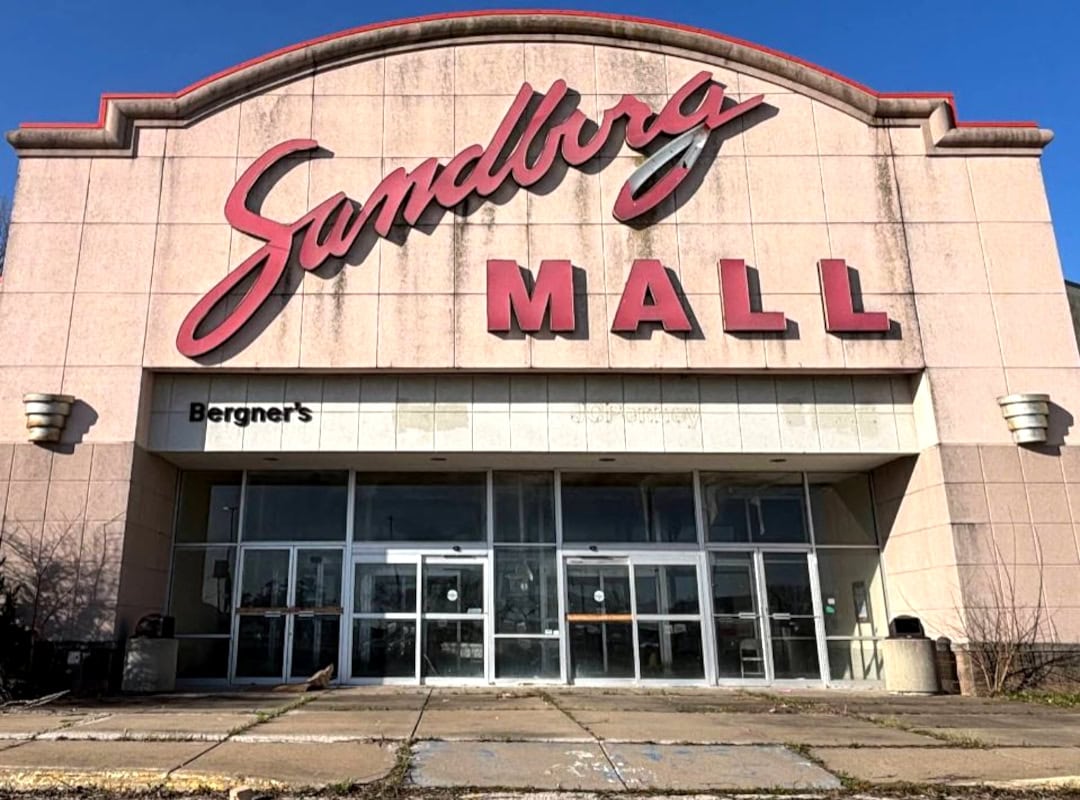
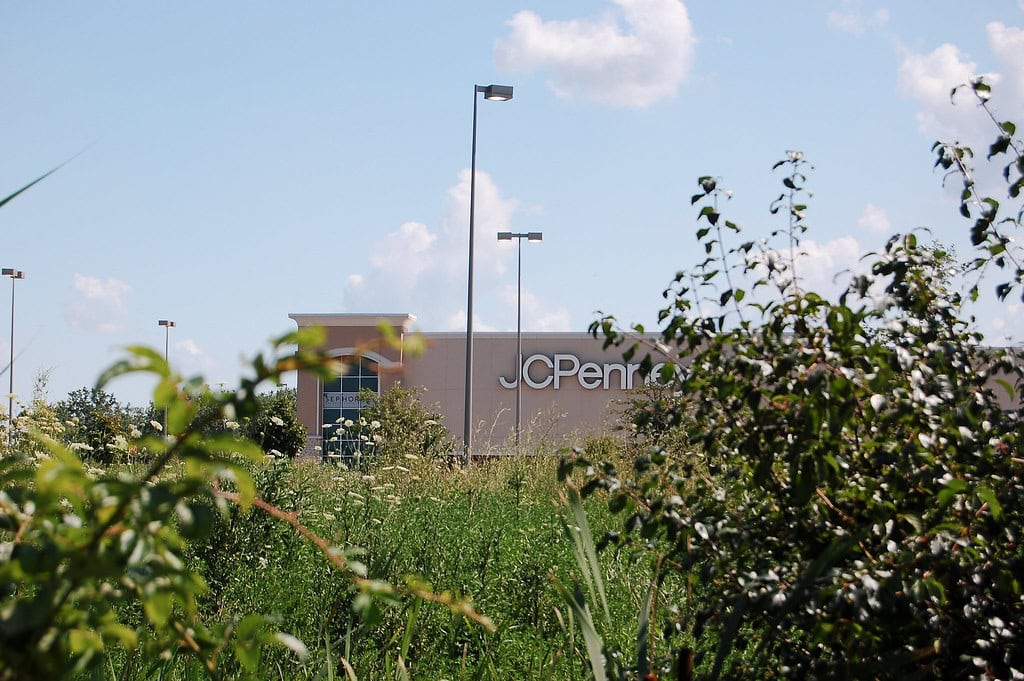
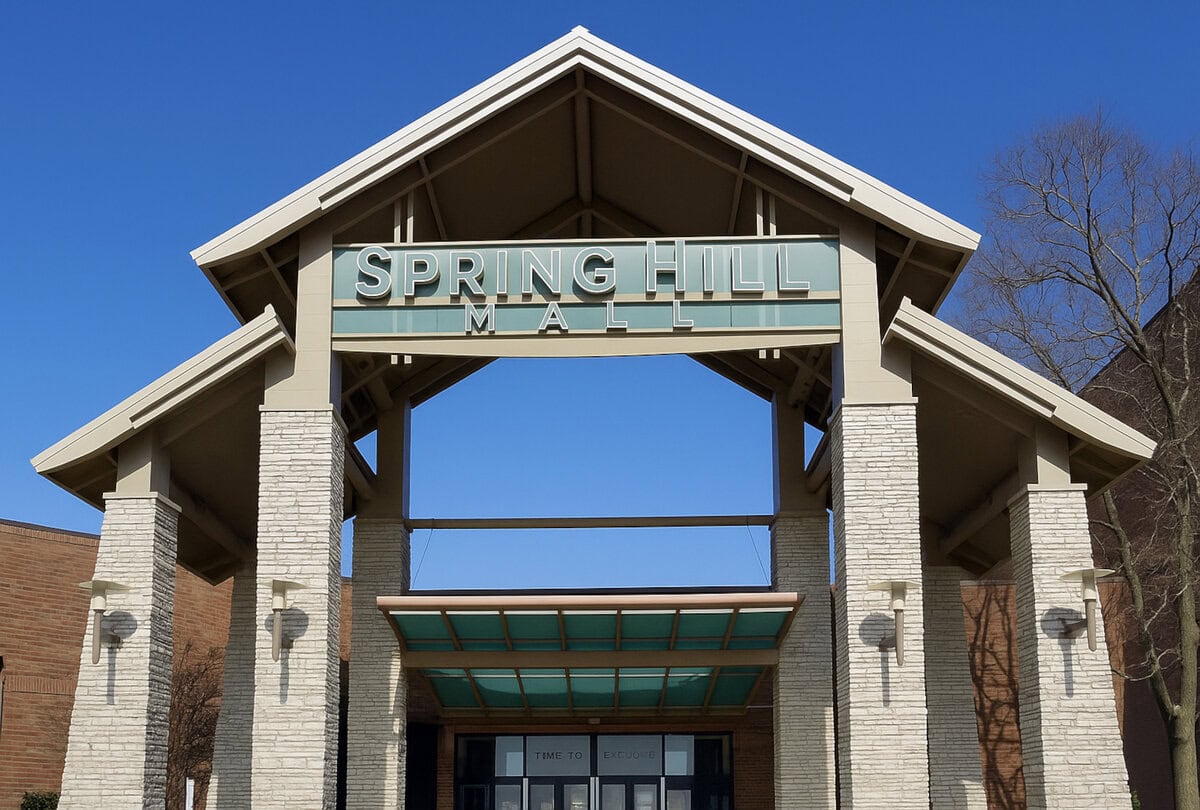
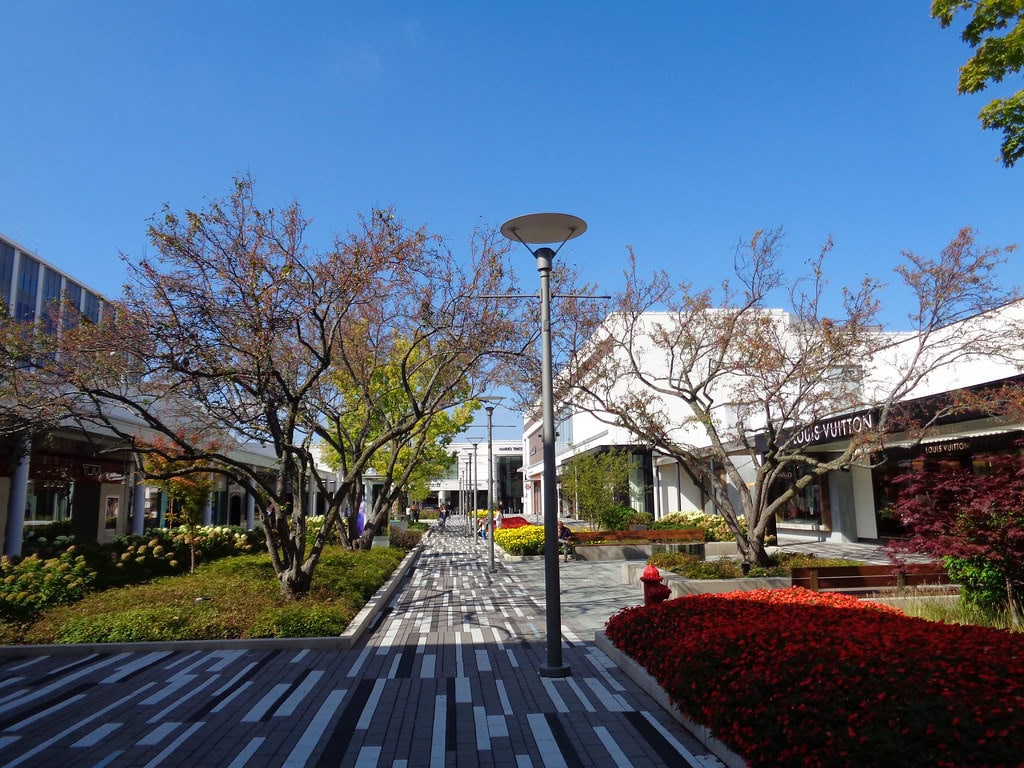
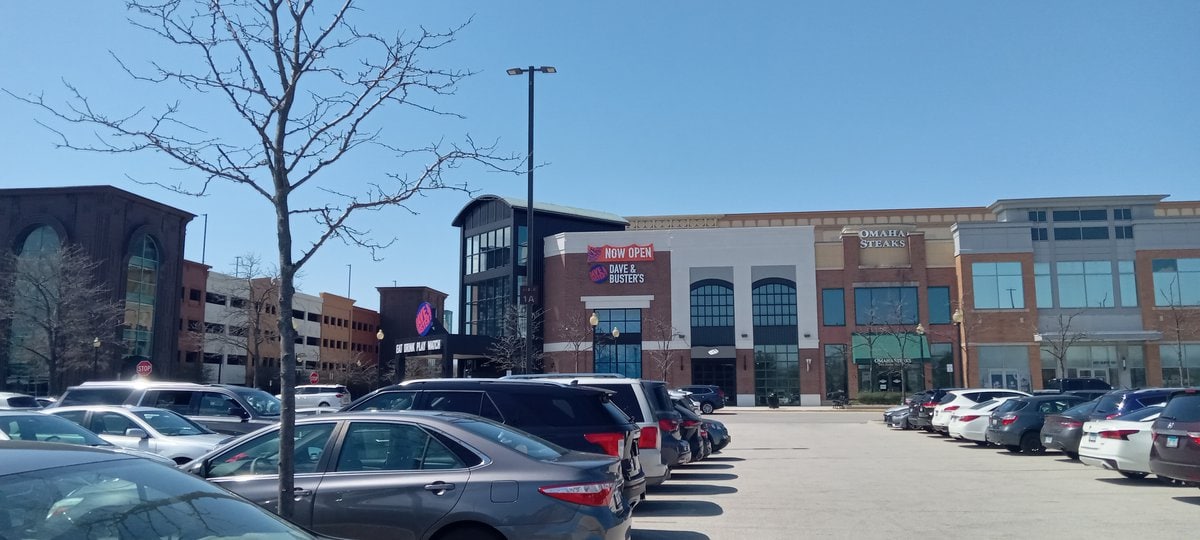
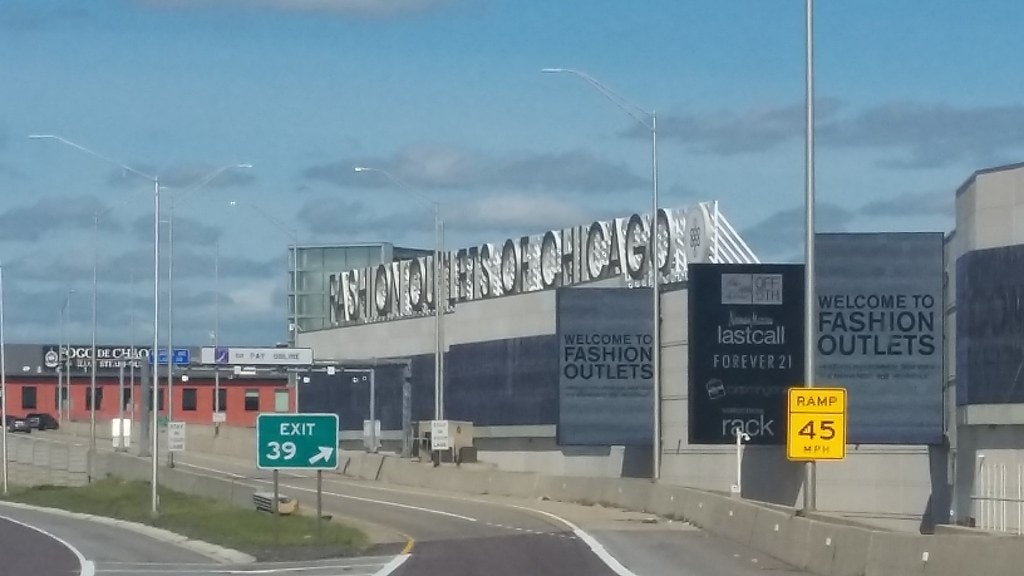
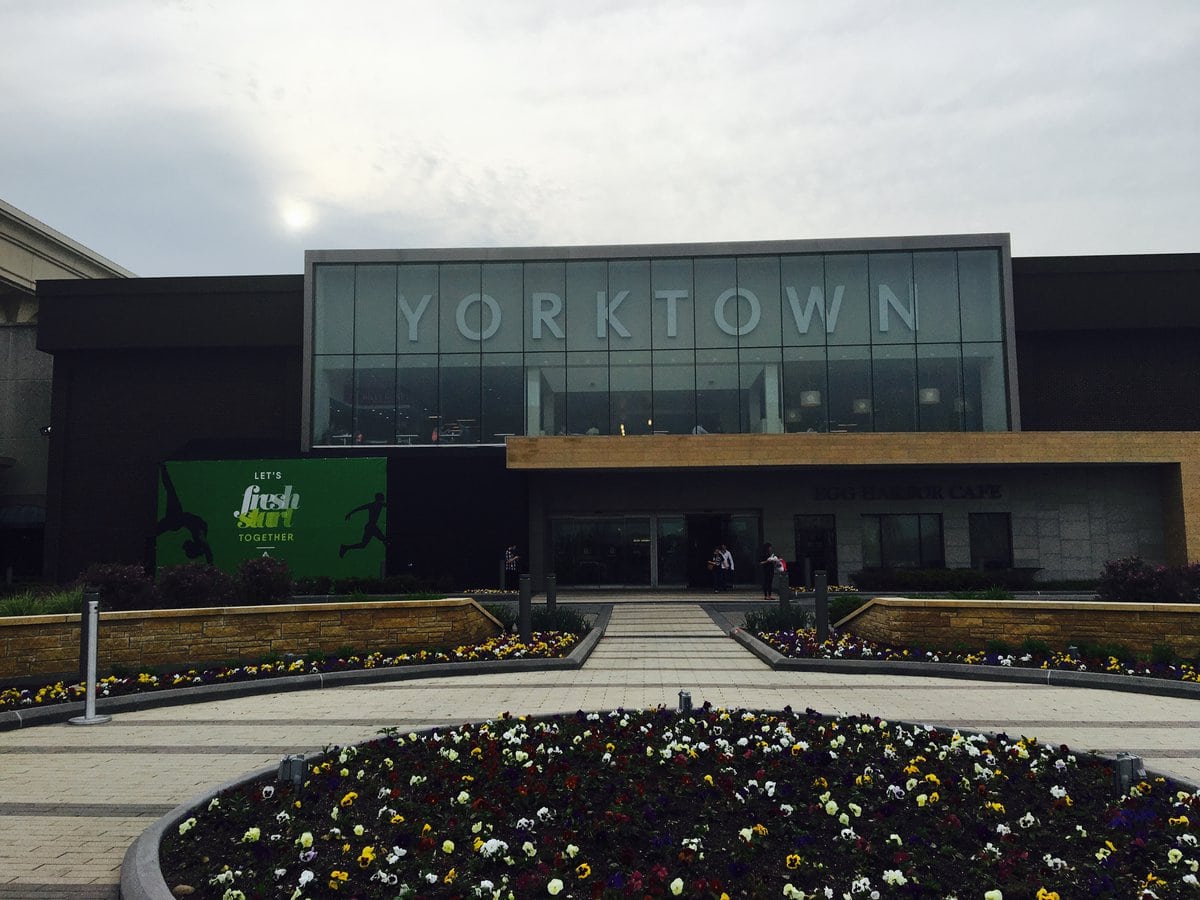
I was in the mall 10 years ago and there was a gang fight right in the center of the mall. About 10-15 people. males and females. Never been back sense. Until this type of clientele is addressed there is no chance it will survive. I see another Lincoln Mall situation here
The mall has off brand stores. Many vacate spaces. Food court is 100% empty. I remember the mall being busy and vibrant.
If there's a real interest in seeing it rebound, the focus has to shift from who shops there to what would make people want to return—for any reason.